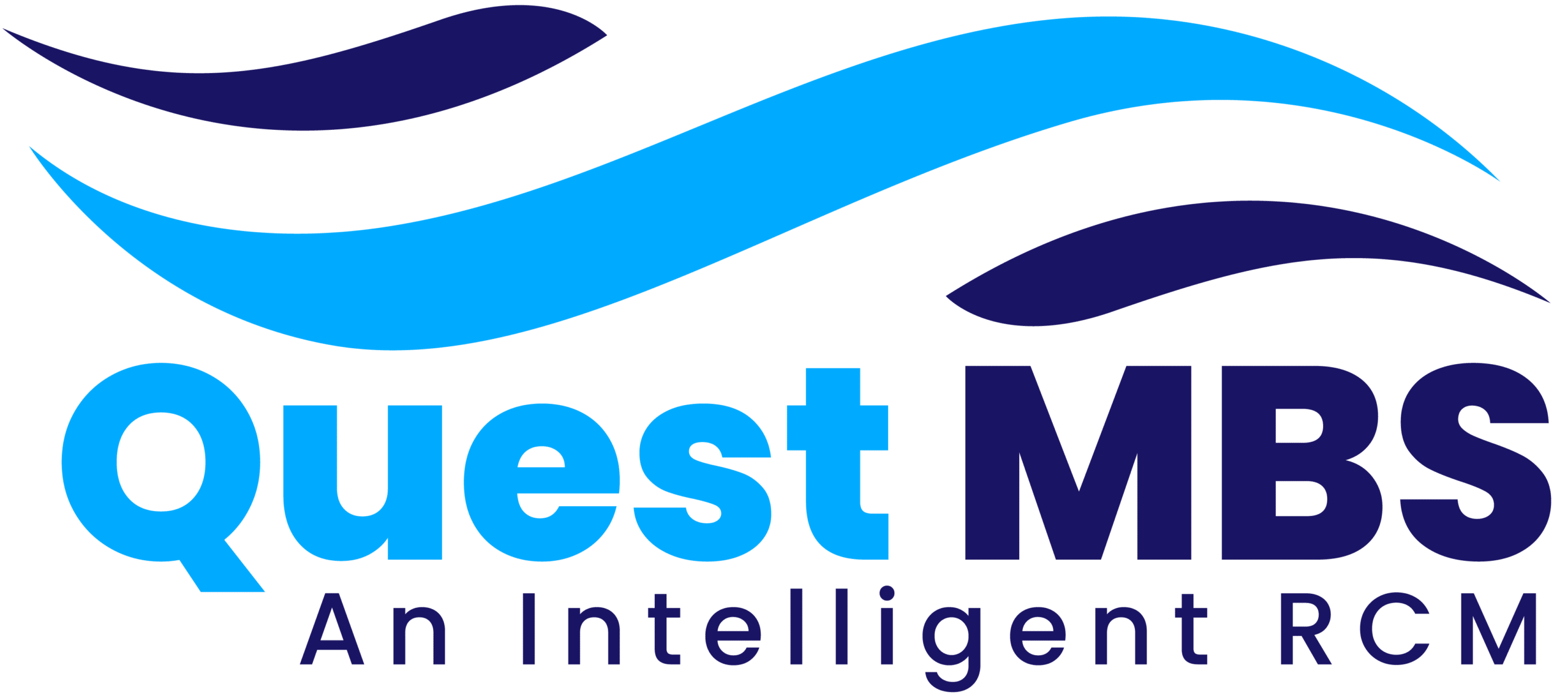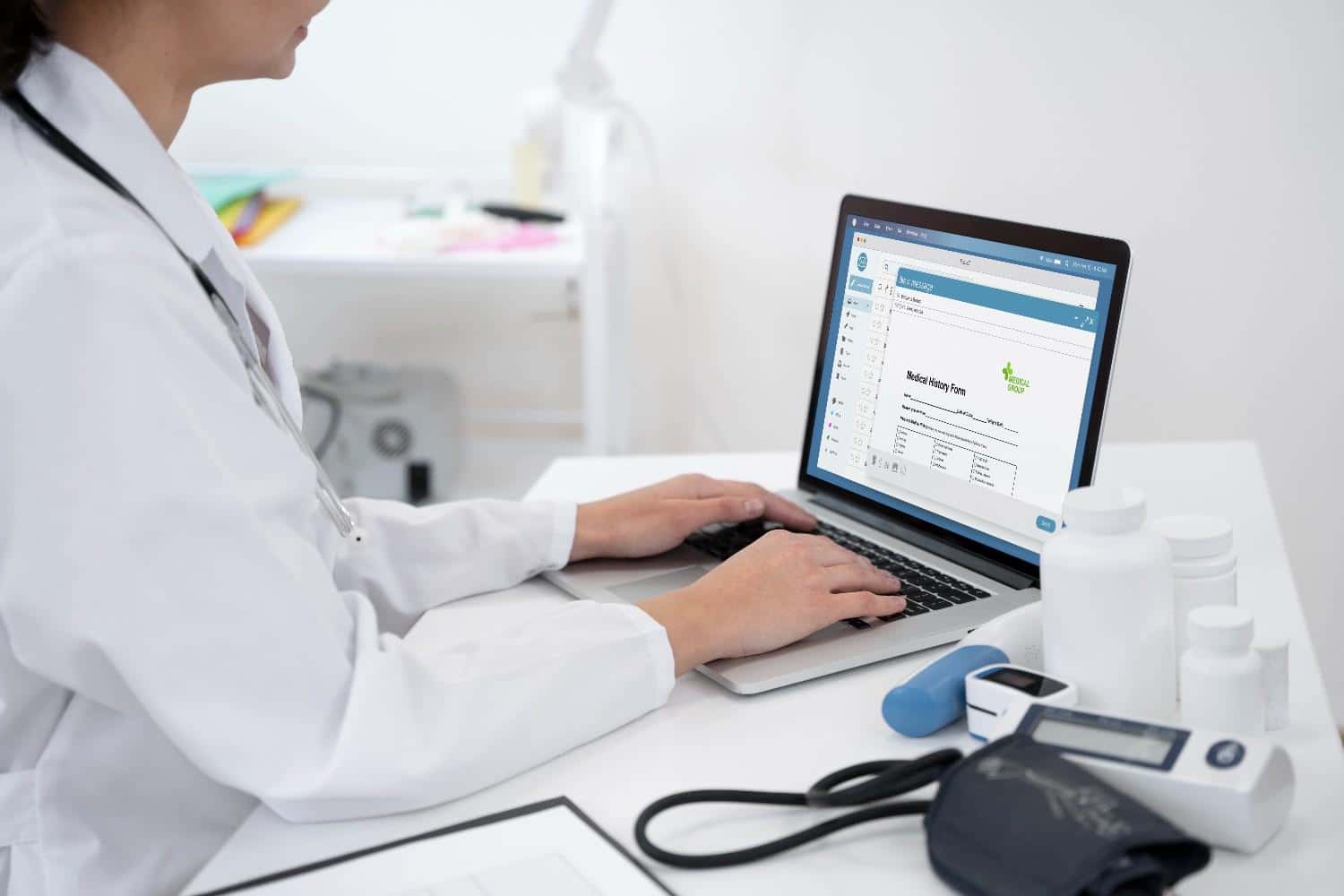Introduction: The Importance of Billing Software in Healthcare
In today’s complex healthcare environment, medical billing software is no longer optional—it’s a necessity. From managing claims to processing payments and ensuring regulatory compliance, billing systems are the backbone of financial health for providers. But with a rapidly changing landscape, managing these systems efficiently requires more than just installation. It calls for advanced tools that enhance functionality, streamline workflows, and support billing accuracy. The right tools can transform how practices handle reimbursement and drive financial performance.
1. Practice Management Integrators:
Integrating your billing software with a practice management solution helps align administrative and clinical functions. It allows seamless data transfer, appointment scheduling, and insurance verification in one interface. This integration reduces data duplication and accelerates billing cycles by aligning front-end and back-end tasks.
2. Electronic Health Record (EHR) Connectors:
When EHRs are integrated directly into billing software, documentation flows automatically into the coding and claim process. This eliminates the need for manual data entry and significantly reduces errors. It also allows providers and billing staff to work from the same data source, improving communication and charge accuracy.
3. Real-Time Claim Scrubbing Tools:
Claim scrubbing tools review claims before submission to catch errors and omissions. These tools help ensure that coding, modifiers, and payer-specific requirements are accurate, reducing the chances of rejections. Real-time edits and compliance alerts improve clean claim rates and shorten reimbursement times.
4. Denial Management Modules:
Effective denial management is critical to maintaining a healthy revenue cycle. Tools that support denial analysis, tracking, and automated resubmission are essential for any billing software. They help identify common denial reasons, streamline appeal workflows, and reduce the administrative burden on billing teams.
5. Payment Posting and Reconciliation Features:
Efficient tools for posting payments and reconciling remittances help match incoming payments with corresponding claims accurately. These modules also highlight discrepancies, such as underpayments or denied claims, allowing for quick resolution and accurate revenue reporting.
6. Reporting and Analytics Dashboards:
Billing software becomes more powerful when combined with analytics dashboards that display key performance indicators. These dashboards provide insights into financial trends, billing productivity, and payer behavior. They help practices make informed decisions about workflow improvements and reimbursement strategies.
7. Compliance and Regulatory Update Tools:
To avoid costly penalties and claim denials, billing software must stay up to date with the latest regulatory changes. Tools that provide automatic updates to CPT, ICD, and HCPCS codes, along with changes to payer rules and federal regulations, ensure ongoing compliance.
8. Patient Communication Portals:
Engaging patients in the billing process is crucial for faster payments. Billing software that includes secure communication portals allows patients to view and pay bills, ask questions, and set up payment plans. These tools improve transparency, build trust, and reduce the workload of billing teams.
9. Automated Coding Support Systems:
Modern billing software is enhanced by automated coding tools that suggest or verify ICD and CPT codes based on clinical notes. This reduces manual coding errors and increases coding accuracy, particularly in specialties with complex documentation requirements.
10. Mobile Access and Charge Capture Apps:
Mobile-enabled billing tools allow providers to enter charges immediately after patient encounters using smartphones or tablets. These apps reduce lost charges, improve documentation accuracy, and speed up billing turnaround, especially for providers working in multiple locations.
11. Clearinghouse Integrations:
A strong clearinghouse connection is essential for managing electronic claim submissions, eligibility verifications, and remittance advice. Integrating this directly into billing software improves the visibility of claim statuses, reduces submission errors, and speeds up payer responses.
12. Scheduling and Eligibility Checkers:
Billing systems that integrate eligibility verification and appointment scheduling improve both the patient and provider experience. Verifying insurance before appointments prevents denied claims and allows practices to collect accurate copays at the time of service.
13. Role-Based Access and Security Controls:
Maintaining HIPAA compliance requires strict control over who can access sensitive billing data. Role-based access tools built into billing software ensure that only authorized users can view or modify specific information. This protects patient data while supporting internal accountability.
14. Predictive Billing Analytics Engines:
AI-powered analytics tools predict potential claim issues, identify coding inconsistencies, and suggest workflow optimizations. These tools allow billing teams to proactively address revenue risks, improve efficiency, and create long-term financial stability through data-driven decisions.







